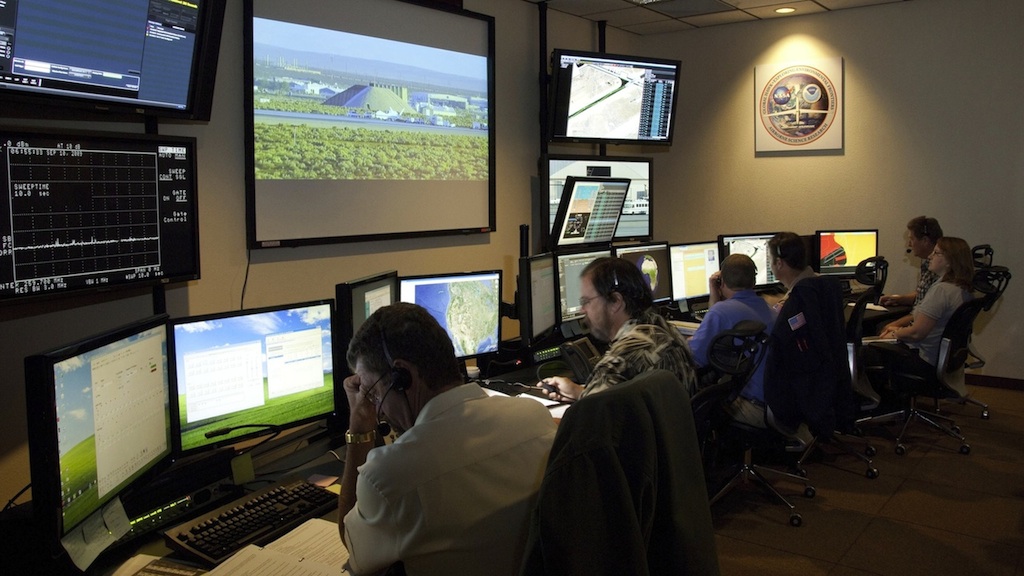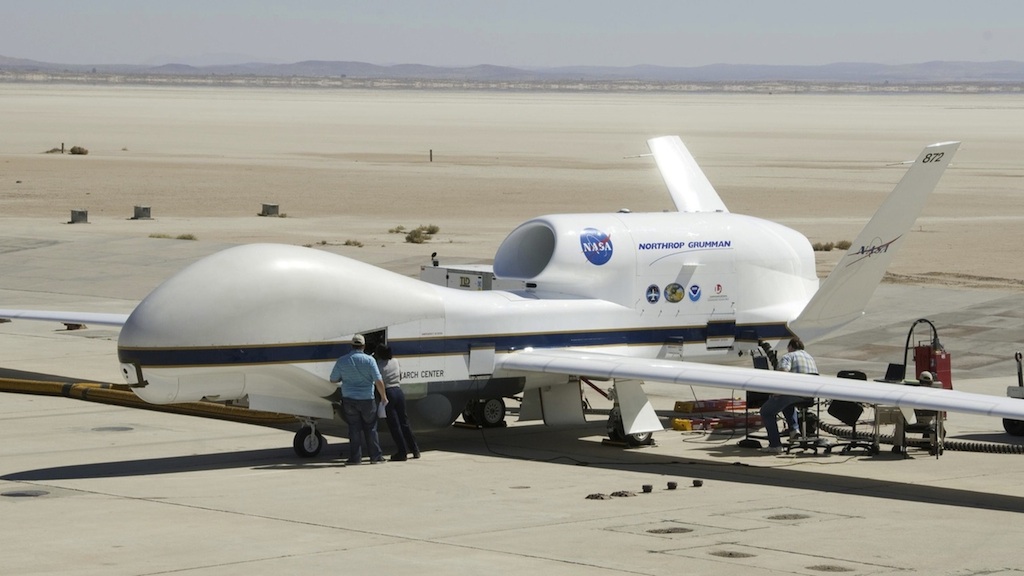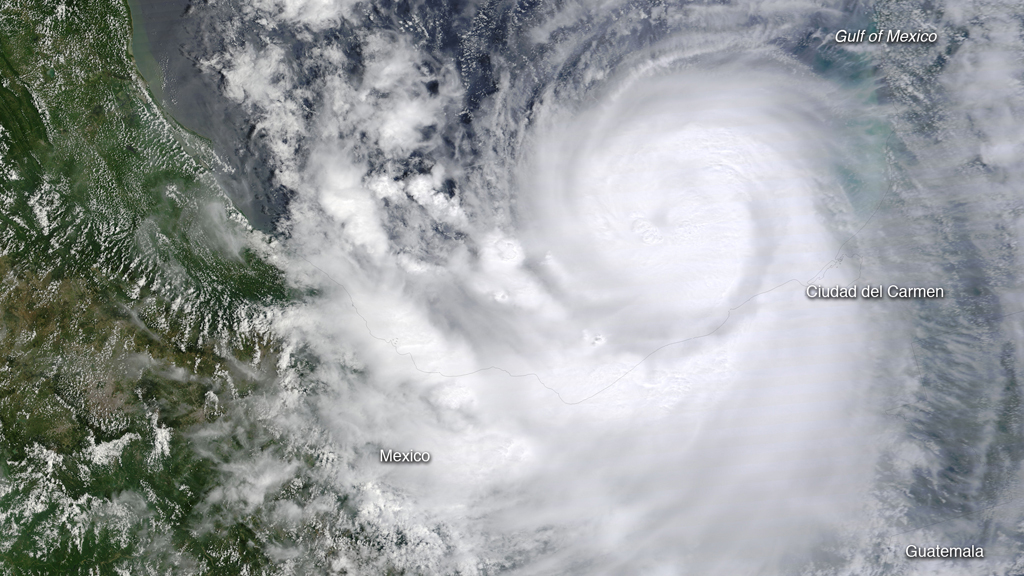Earth
ID: 11090

Scientists' quest to find out why some hurricanes fizzle and others flourish is made difficult for one simple reason: These storms are moving targets. NASA's acquisition of two unmanned Global Hawk aircraft—originally built for the U.S. Air Force—is pushing the boundaries of our ability to run reconnaissance on volatile hurricanes. A satellite overpass lasts only a moment, and manned research aircraft can stay with a storm for a few hours at a time. But the Global Hawks, outfitted with a suite of advanced meteorological instruments, allow scientists to remotely and safely observe hurricanes for more than 20 consecutive hours. This is potentially enough time to capture difficult-to-understand changes in storm intensity. The time-lapse video shows Hurricane Karl as seen from a NASA Global Hawk, flying at about 60,000 feet, during a 25-hour flight on September 16-17, 2010.



Hawk's-Eye View




For More Information
Story Credits
Please give credit for this item to:
NASA's Goddard Space Flight Center
Flight footage courtesy of NASA/Dryden Flight Research Center/David Fratello
Photographs courtesy of NASA/Dryden Flight Research Center/Tony Landis
NASA's Goddard Space Flight Center
Flight footage courtesy of NASA/Dryden Flight Research Center/David Fratello
Photographs courtesy of NASA/Dryden Flight Research Center/Tony Landis
Short URL to share this page:
https://svs.gsfc.nasa.gov/11090
Keywords:
SVS >> App
NASA Science >> Earth
https://svs.gsfc.nasa.gov/11090
Keywords:
SVS >> App
NASA Science >> Earth







